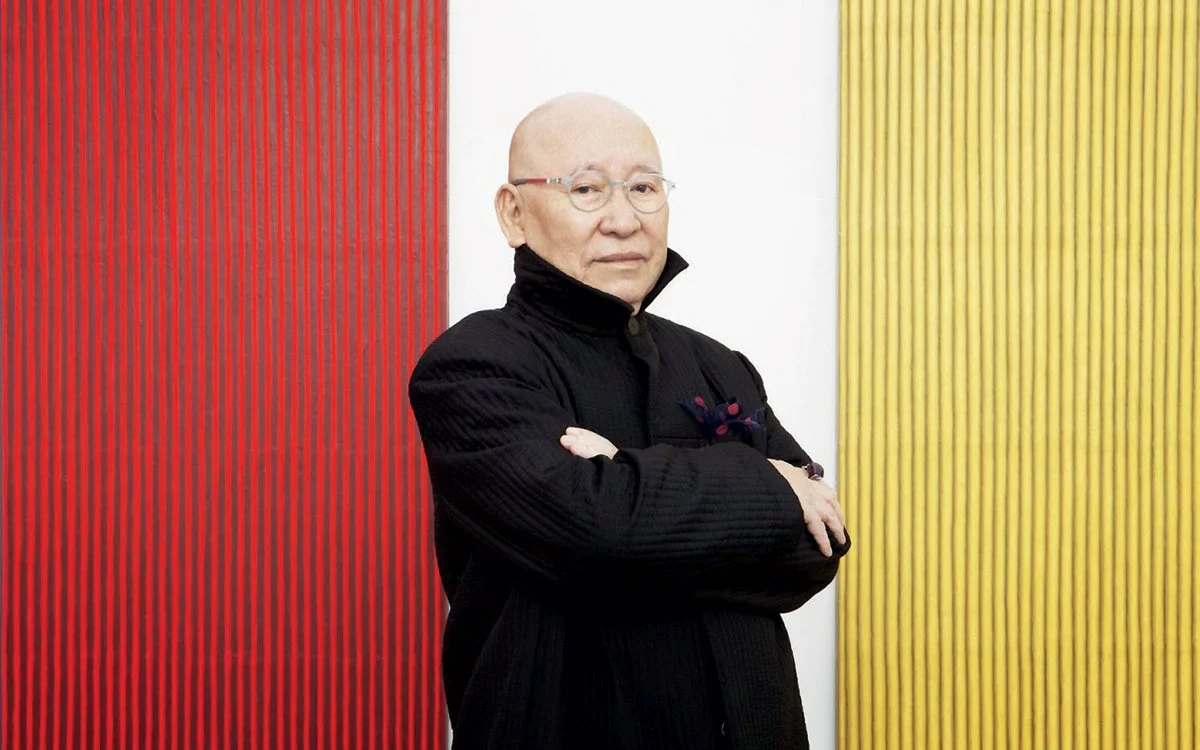PARK SEO-BO
Park Seo-Bo (1931-2023) is celebrated as a pioneer in Korean contemporary art and the Dansaekhwa (monochrome) movement. As one of the first artists to introduce abstraction into Korea’s conservative art scene, he skillfully balanced tradition with the burgeoning influence of Western styles. Born in Yecheon, southern Korea, Seo-Bo later relocated with his family to Gyeonggi Province, where his father was employed as a judicial scrivener. Despite his father's desire for him to pursue a career in law, Seo-Bo chose to study Eastern painting at Hongik University in Seoul. However, his studies were interrupted by the Korean War, which began in June of that year, leading to his conscription into the military where he was assigned to map-making duties.When he returned to his studies, he switched to Western painting due to a shortage of instructors in his original discipline and made his first significant appearance in the art world in 1954, during his final year at university, by participating in the 3rd National Art Exhibition with two figurative works. However, by the mid-1960s, he turned away from Western techniques to delve into oriental philosophy. He is most renowned for his monochromatic works, where he layered and scraped the paper pulp on wet canvases, creating sculptural lines that appear to float.
Park Seo-Bo’s work has been exhibited internationally at venues such as Château La Coste in France, Seoul’s National Museum of Modern and Contemporary Art (MMCA) and Samsung Museum of Art, Boston’s Museum of Fine Art, the Langen Foundation in Neuss, Tate Liverpool in the UK, the Brooklyn Museum in New York, and the Venice Biennale. His pieces are part of significant collections, including the DIA Art Foundation in the US, the Guggenheim Museums in New York and Abu Dhabi, New York’s Museum of Modern Art, the Art Institute of Chicago, M+ in Hong Kong, Korea’s National Museum of Modern and Contemporary Art, and the Hirshhorn Museum and Sculpture Garden in Washington, DC.

